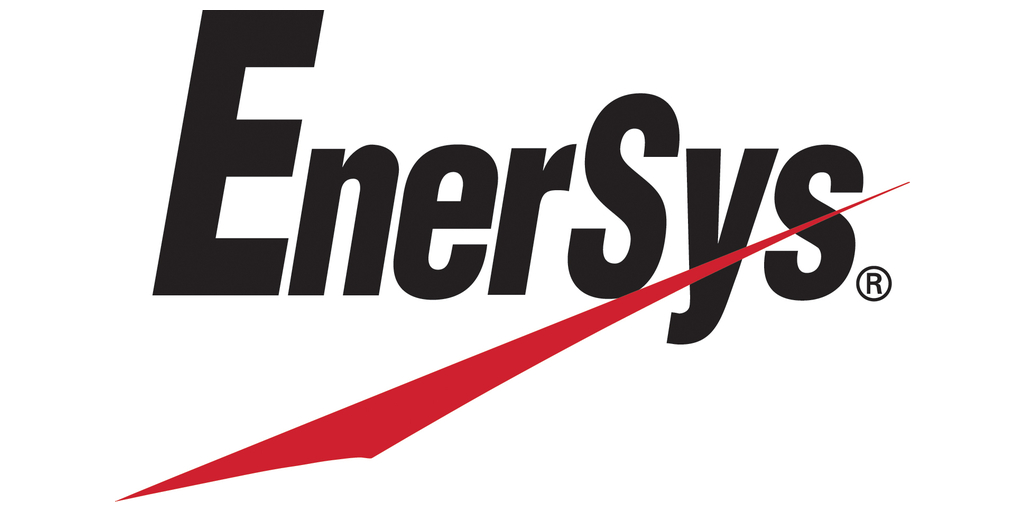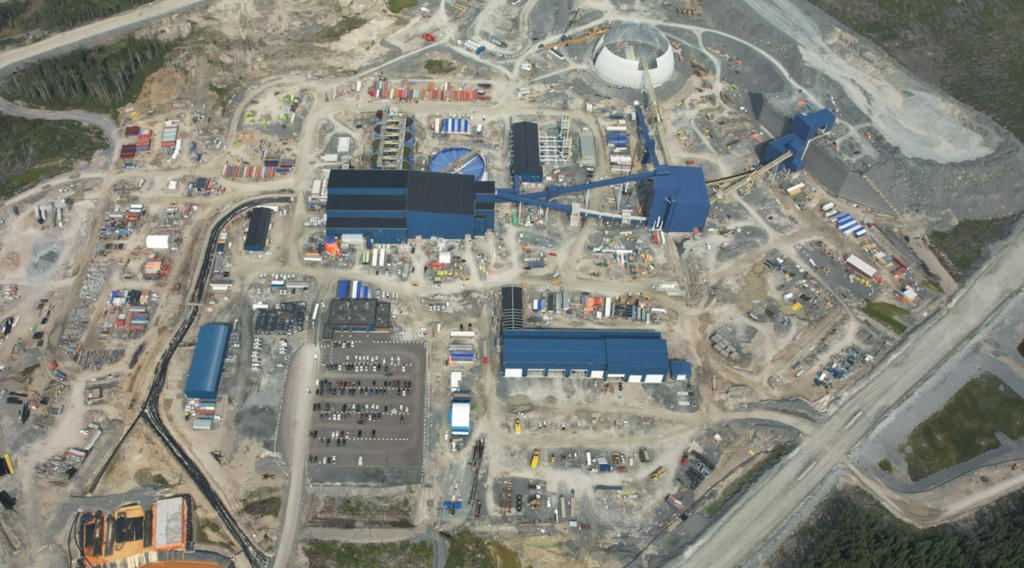Dendra Systems harnesses drone technology and AI to map entire mine sites to provide expansive and actionable ecological insights.
“I’ve been in the industry about six years now and I’ve definitely seen a massive change in that time.”
Dendra Systems ecological consultant Sophian Manik was clear when describing the WA mining industry’s increased vigilance regarding ecosystem restoration.
When Manik spoke to Australian Mining, he detailed two reasons this was the case.
“Mining companies are now more focused on their rehabilitation work and are working to improve outcomes,” he said. “We’re hearing this across an increasing number of conversations.
“Miners are also utilising technology better as they improve their mine rehab practices.”
The industry at large is also under increased pressure from stakeholders, investors and local communities to boost its ecological performance, a product of the environmental, social and governance (ESG) era being in full swing.
To embrace the revolution, the WA mining sector has been turning to environmental technology companies such as Dendra to address these changing requirements.
Dendra is a champion of the mine rehabilitation ideology and technology, helping miners to improve rehab practices and promoting the important role new technology can play.
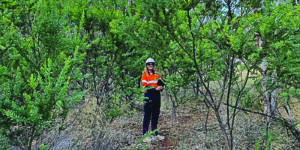
The company has an intimate understanding of the unique Australian landscape, something which stems from the company’s deep passion for the environment.
“Dendra has a good mix of people who are not only environmental experts, but equally passionate about ensuring the environment is treated respectfully and intelligently,” Dendra data ecology team lead Zach Borthwick told Australian Mining.
“We know a lot about industry standards in WA, and we know a lot about the industry requirements when it comes to the environment. We also have a bunch of ecologists like me who are passionate about doing something for the environment.
“I think that combination of expertise and passion has created a very strong culture at Dendra, which enhances our work in the field.”
Borthwick said his fieldwork typically involves conducting ground truthing flora surveys to identify weed species and the presence of protected species on a mine site. This enables miners to take the relevant actions and to abide by environmental regulations to ensure their mine footprint doesn’t impact native flora.
Dendra has a suite of technology solutions that are complemented by its ecology expertise, including an AI-enabled platform and a custom drone fleet providing high-resolution full-site data capture and seeding solutions.
Dendra regional sales manager Rhys Sherborne said the strategy for WA is to provide ecological insights at scale.
“A small percentage of the insight we can provide would be the industry norm, but we can complete whole-of-mine landform assessments to show how clients are progressing and if there are controllable factors they can influence to reverse or enhance their ecosystem situation,” he told Australian Mining.
“For example, for a miner experiencing erosion issues at their operations, we’ve got tools that can support the understanding of that over time, and the remediation and fixing of these issues as well.
“Ultimately, we can provide granular-level detail over periods of time that companies can use as tangible insight to improve the outcomes of their operation.”
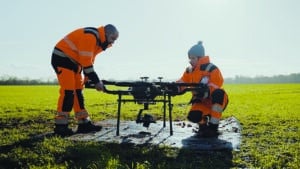
Dendra’s ability to capture a miner’s environmental performance and distil it into easy-to-understand, actionable insights has enabled the company to expand.
Since Sherborne joined Dendra in 2021, the company has grown its WA client-base fourfold.
“The understanding and awareness of Dendra as an organisation has grown significantly as we’ve increased our engagement and communication with the WA mining sector,” Sherborne said.
“This has coincided with increased uptake of our services, whether clients are interested in our seeding offerings and our ability to provide large-scale actionable insights.”
The ability to deliver on a promise and resonate with a client’s unique requirements has created a ripple effect for Dendra, enabling the company to generate return business as it expands its new client base.
From a technology standpoint, Dendra’s drone fleet has evolved ecological practices usually conducted on foot, accelerating and automating mapping and surveying to expand data capture possibilities and improve safety.
“The field elements of the ecology study still play an important role, but we are now able to set up in one spot and fly drones from there,” Dendra senior drone pilot Tirna Cahill told Australian Mining.
“No one’s walking through the native bush, so we’ve removed that risk to the person and, depending on the size of the project, we can map up to 800 hectares a day.”
Ecological insights are generated faster and on a larger scale, while Dendra can also expedite mine rehab processes, with the company’s seeding drones able to cover vast distances, including hard-to-access areas.
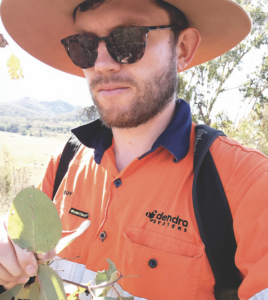
Cahill said while drones have typically been operated within line of sight, technology is evolving to enable complete automation beyond traditional possibilities.
“In the long term, I see drone technology becoming even more automated,” she said.
“I think it will reach a stage of being able to fly drones out of the box and we would operate them from an office in Perth.”
Cahill said evolving into beyond-line-of-sight drone operation would enable Dendra to expand its offerings even further, ensuring it can efficiently restore and rehab as many spaces as possible.
The company also has an increased focus on research and development (R&D).
“We’re constantly evolving,” Cahill said. “WA covers a huge area and the climate in the north of the state is completely different to the south, so we need to evolve our seeding mechanisms to cater for these unique environments.
“R&D plays an important role, and we’re always learning and improving as a result of all of our projects.
“How can we ensure that every seed has the best opportunity to germinate and reach maturity?
“At the end of the day, we want to ensure that if you were a hiker exploring an environment where an old mine was located, you would never know it was previously a mine – the environment has been fully rehabilitated back to its natural form.”
This feature appeared in the September 2023 issue of Australia Mining.


